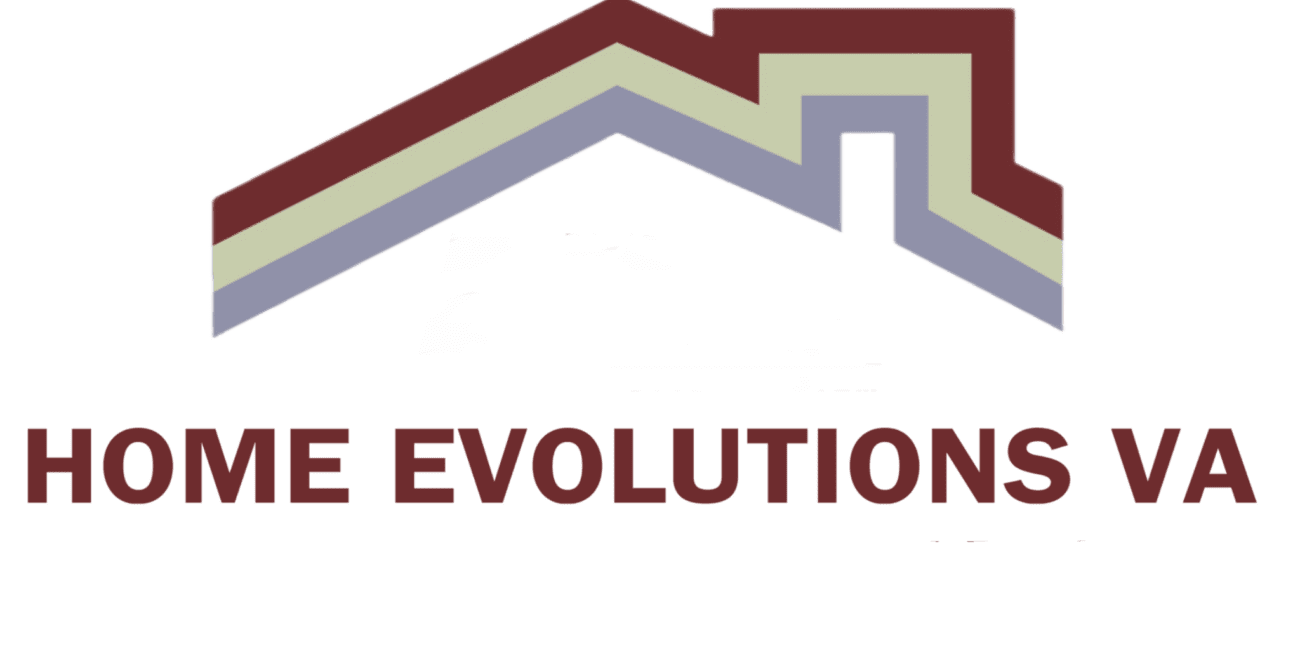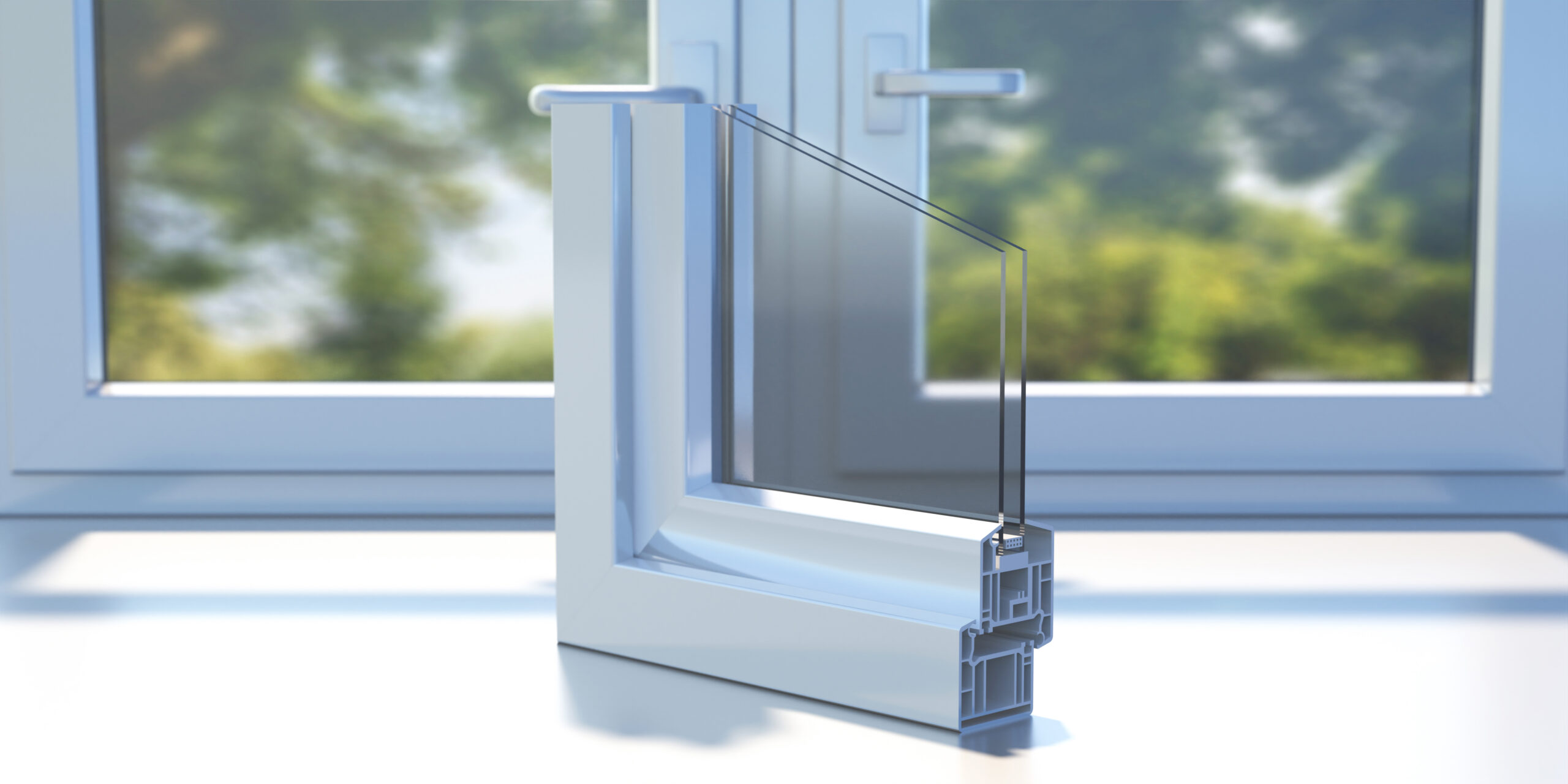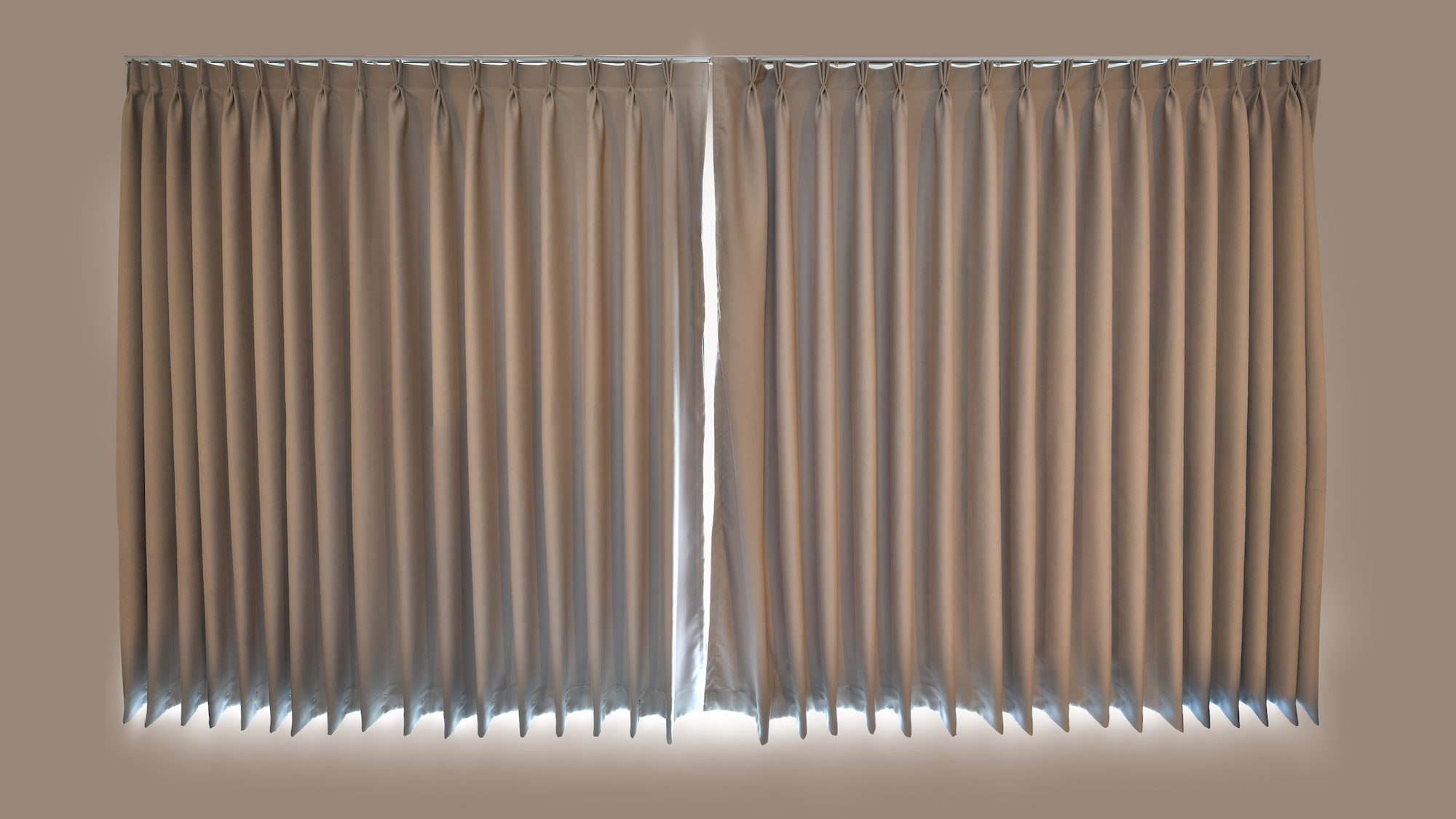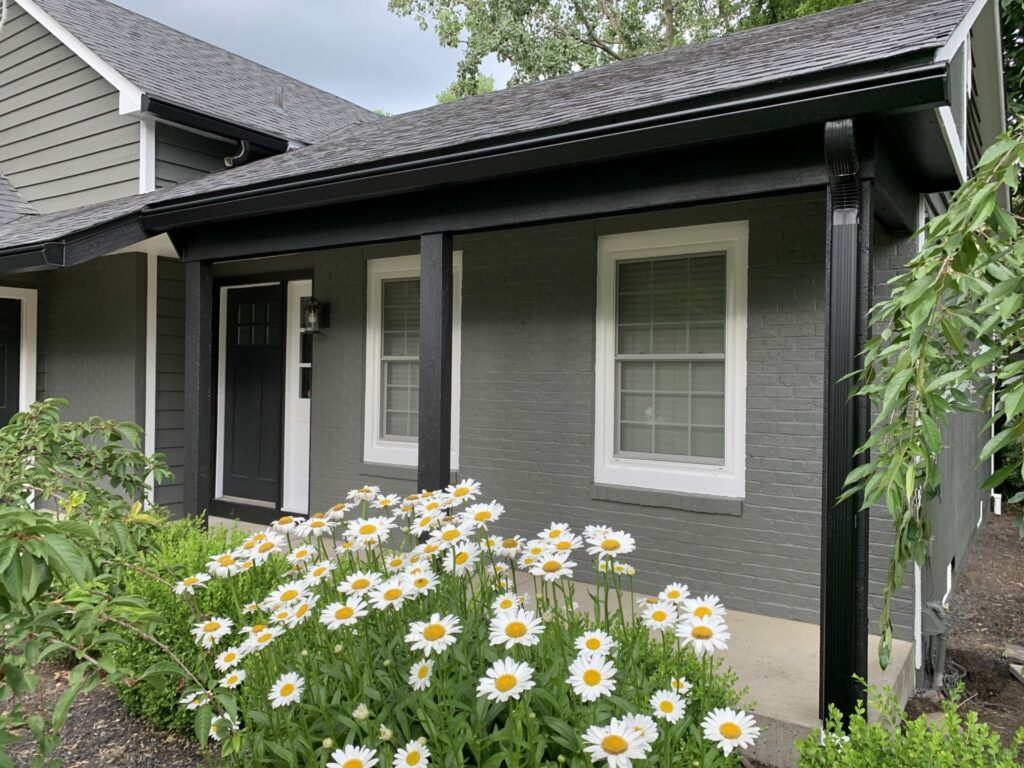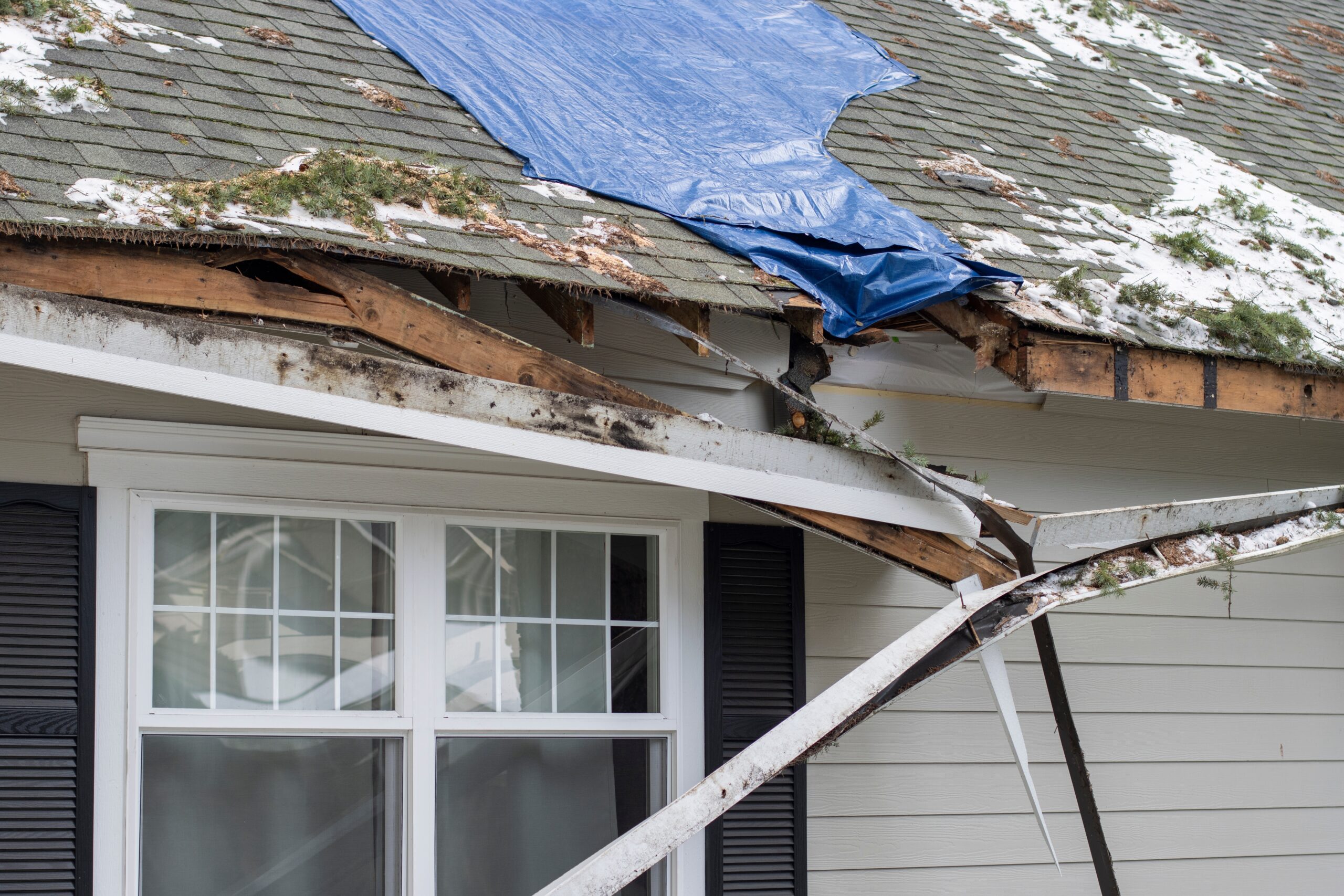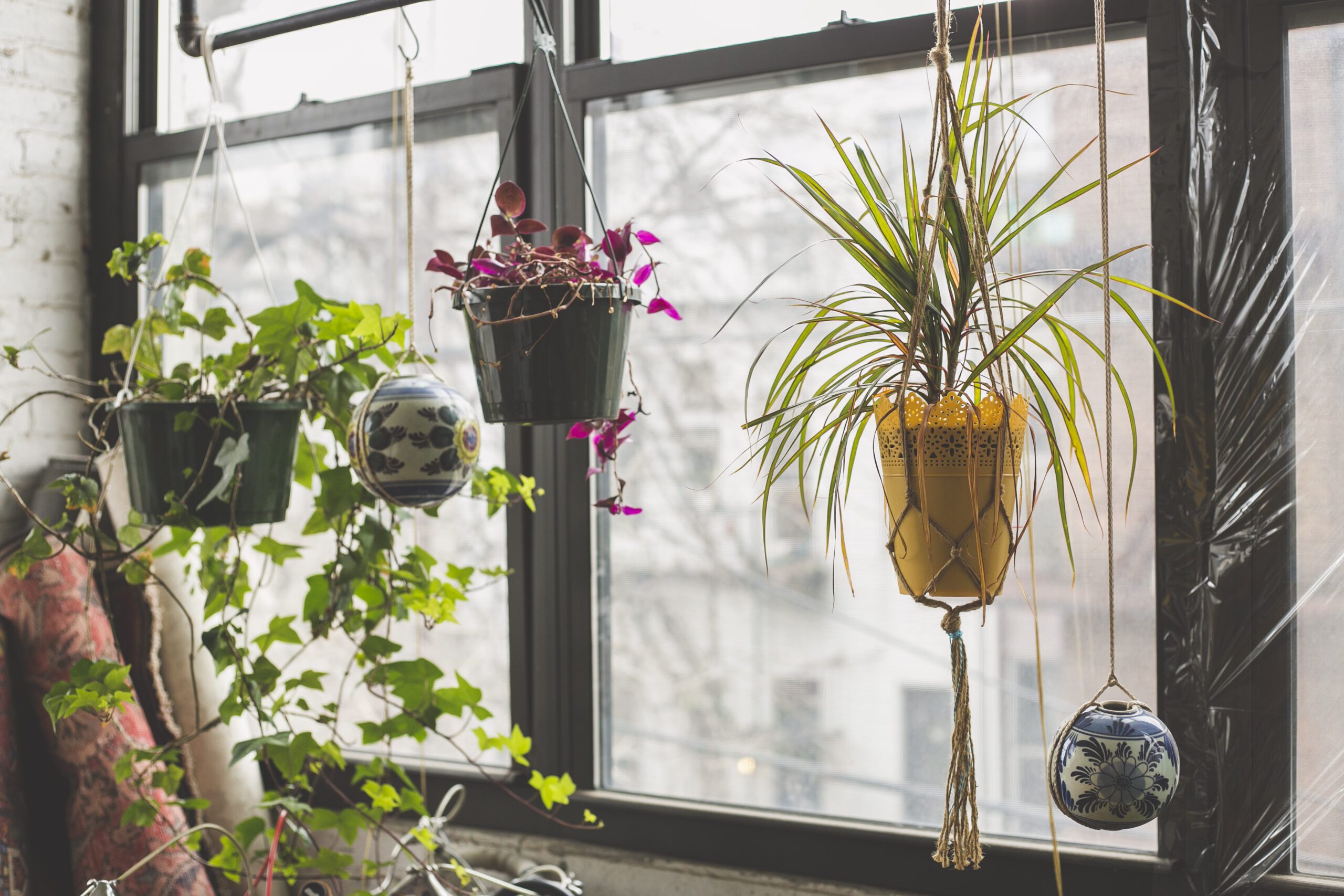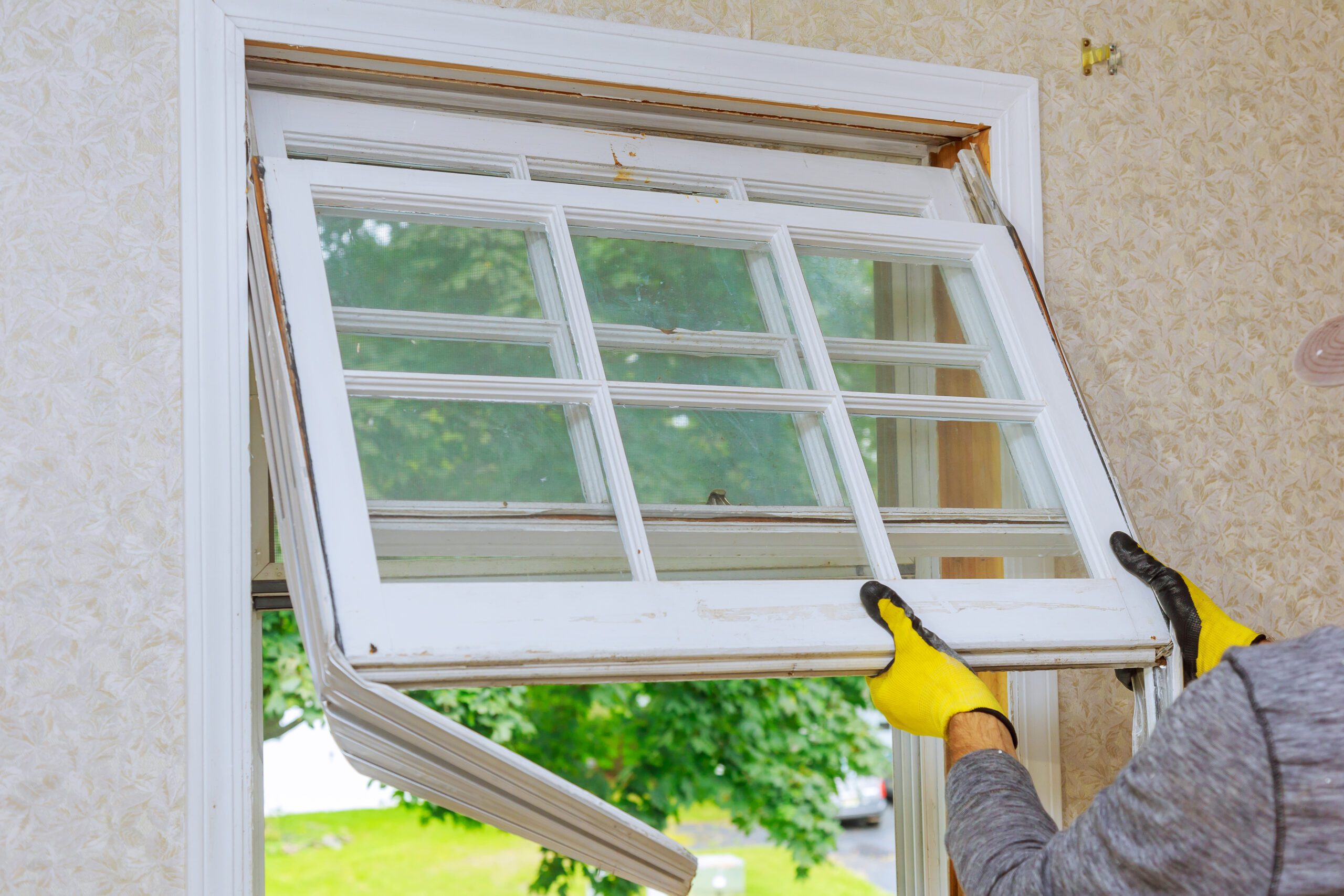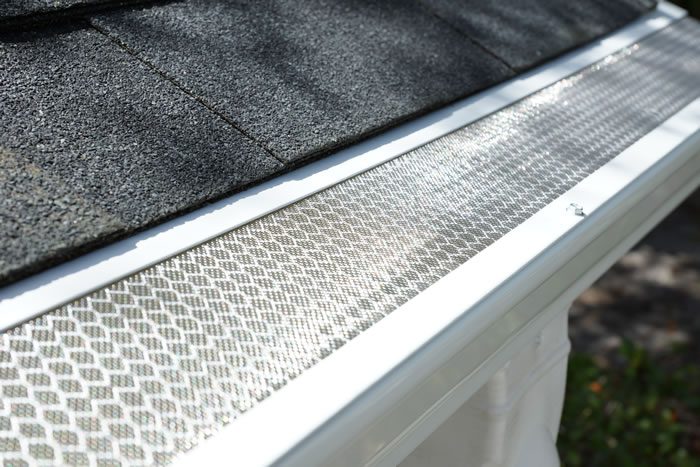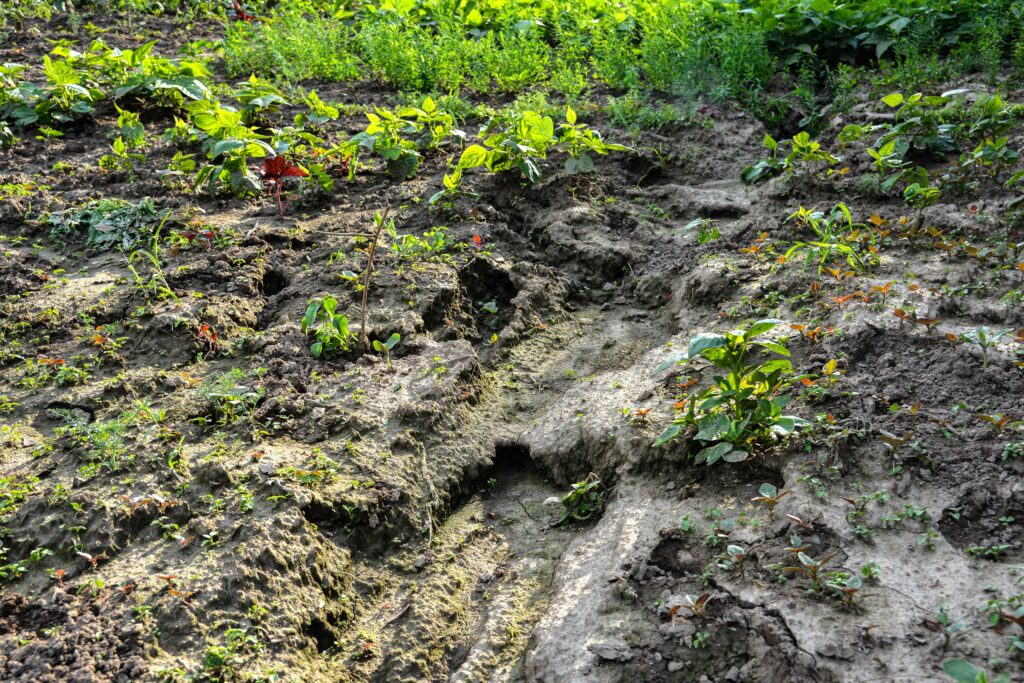
Wet, muddy, an eyesore – these are just a few things you can experience if your yard ever has soil erosion. Raise your hand if your yard has any patches where the grass won’t grow, the soil has disappeared, and it’s a sandy, ugly mess. Unfortunately, soil erosion is a relatively common issue here in Central Virginia. There are state laws that protect our land and charge anyone with misdemeanor charges if someone disrupts the land and causes soil erosion without city approval.
Strong winds and heavy rains are often to blame for soil erosion, though other things can cause it: sprinkler systems, improper digging that removes some soil layers, and even gutter systems. Gutter systems should help prevent soil erosion, not exacerbate it. However, faulty gutter systems are often to blame, and soil erosion from gutters is common. Keep reading to learn about hidden gutter issues, inadequate gutter threats, and how to prevent soil erosion.
What is Soil Erosion?
Before we discuss how inadequate gutter systems can be to blame for soil erosion, let’s take a quick science lesson to learn more about soil erosion and how it occurs.
Soil has multiple layers/horizons, each doing its part to drain water and maintain plants, flowers, and grasses. From the bottom of the earth moving up, bedrock is the first layer of soil, followed by parent rock. Next is the subsoil and eluviation layer, which contains minerals to help feed the organic matter growing on the topsoil. The top two layers are the topsoil and the organic layer.
Soil erosion occurs when soil particles get detached or removed from the ground, most often caused by strong wind, rainfall, and hidden gutter issues. Soil erosion refers to the layer of topsoil detaching from the ground and yards. Heavy rainfall and strong wind gusts are natural occurrences that cause soil erosion, but humans can also be the cause and exacerbate soil erosion.
How are Faulty Gutters to Blame?
Gutter systems exist to collect, carry, and drain rainwater and meltwater away from the home’s roof. The downspouts should disperse the water far enough away from the home’s foundation so that foundation damage doesn’t occur. The water should also be able to trickle away, not pile up in one large puddle, creating soil erosion.
Unfortunately, some homes have faulty gutter systems installed, creating or exacerbating soil erosion issues. Faulty gutters and soil erosion go hand-in-hand; some gutter systems, especially sectional, easily clog, resulting in overflowing gutters that force water over the sides. This excess water pours over the sides and drenches yards, often removing the organic matter and topsoil directly underneath and around the gutters.
Traditional sectional gutters can also be to blame for soil erosion. They are installed on homes in sections, each piece getting attached to another by way of bolts, screws, and sealants. All these sections can loosen from strong winds and heavy snow or rain, putting pressure on the sections and wearing down the sealant, and loosening those bolts and screws. Small cracks will form between sections where rainfall and meltwater trickle through and land in your yard. This excess water can create a trench around the foundation and grass, eventually causing soil erosion and other damage.
Some gutter systems cause soil erosion because they’re too small to handle large amounts of water. Lynchburg gets, on average, around 42 inches of rain per year, more than the national average. Since we get more rain than most other cities, homeowners in Lynchburg need a quality gutter system that can handle large amounts of rainfall and snowmelt. Some gutter systems have small gutters and downspouts that can’t handle heavy rainfall, forcing the water to spill out of the system and land on the ground. This excess water will eventually cause soil erosion and other damage. There could also be other hidden gutter issues that aren’t found unless your gutters are inspected by a professional.
How Can I Prevent Soil Erosion?
Luckily, there are ways you can prevent soil erosion from happening on your property. For one, invest in a durable, high-quality gutter system for your home. At Home Evolutions VA, we have gutter solutions for every home that fits any budget. Our seamless half-round gutters eliminate the chance for small cracks and openings to form. We also have gutter guards that pair perfectly with our seamless gutter system or on your current gutter system. Our gutters and guards will eliminate the chance for soil erosion to occur from faulty gutters.
Our K-Guard Gutters are also an excellent choice for homeowners in Central Virginia. They’re of the utmost quality, made from durable aluminum that can withstand all weather conditions, from heavy rainfall to ice storms, storm storms, hail, and even strong wind gusts. K-Guard has a curved hood that blocks debris from entering the system so it’ll never clog. Plus, K-Guard is seamless, eliminating the chance for small cracks and openings to form between sections compared to traditional gutters. K-Guard Gutters and downspouts are also oversized, which allows for more water to flow through the system at a faster pace.
Besides replacing your gutter system, you can prevent soil erosion by ensuring your sprinklers don’t overwater your lawn. Keep an eye on the forecast, and be sure you don’t over-water when rain is expected. You could also adjust your landscaping if you notice water collects in an area where soil erosion is occurring – hiring a professional landscaping company can help.
Home Evolutions VA has been installing gutter systems for decades with thousands of happy customers in Lynchburg and surrounding areas. We’d love to help you avoid erosion from gutters by installing our seamless gutters or K-Guard Gutters. Contact us today for a free estimate!
